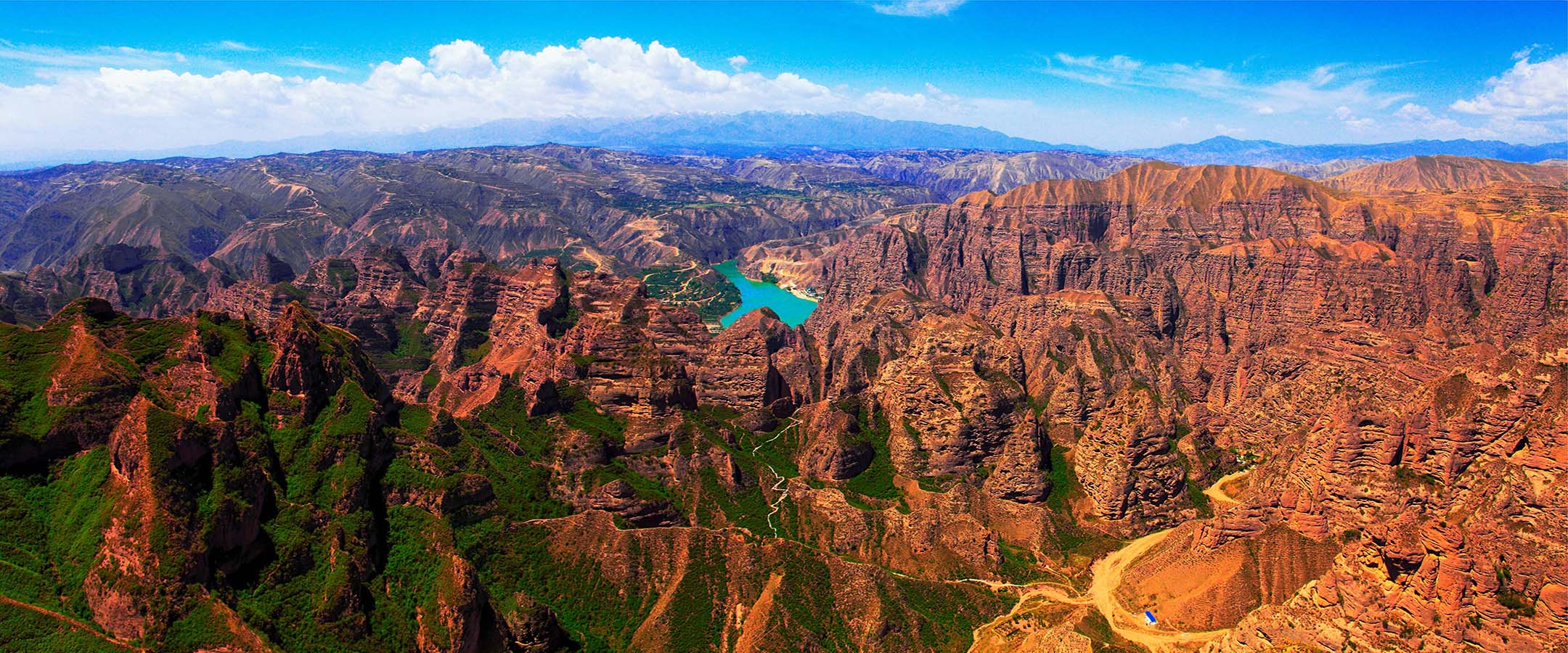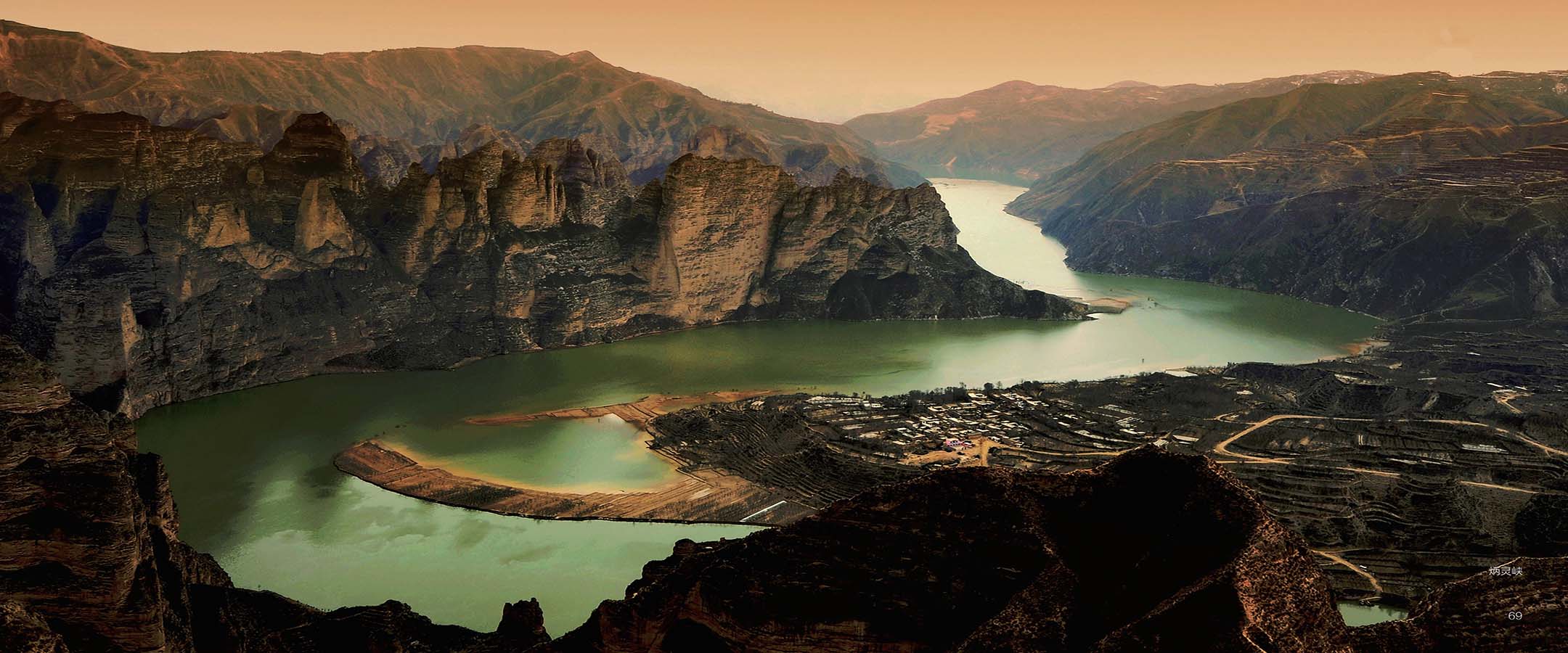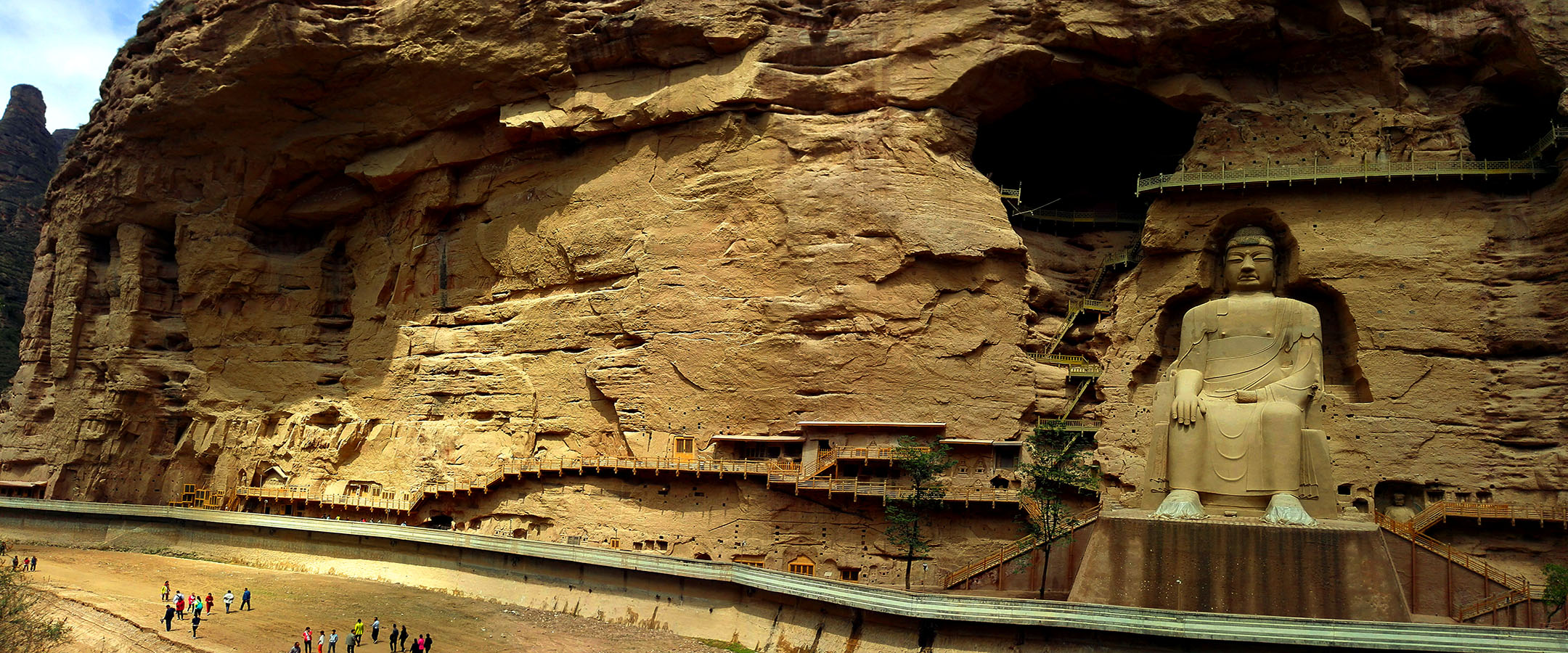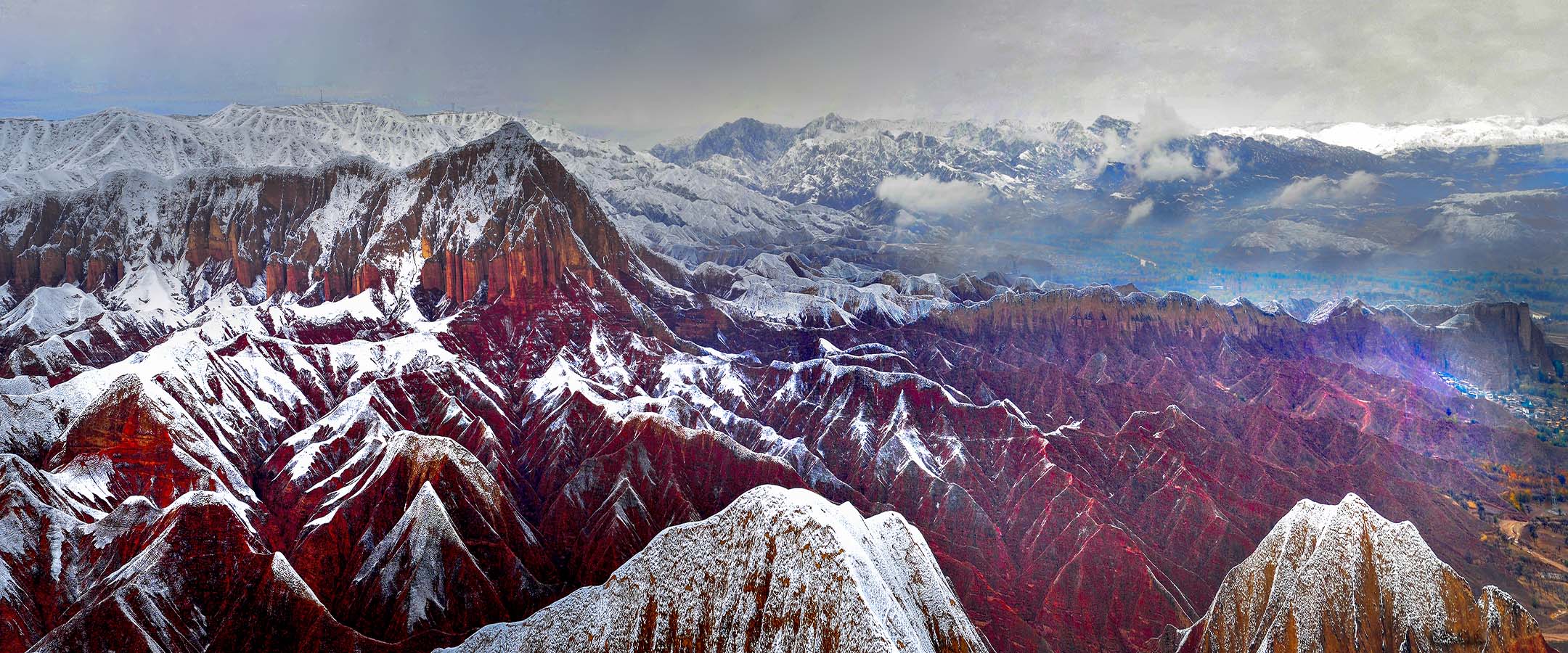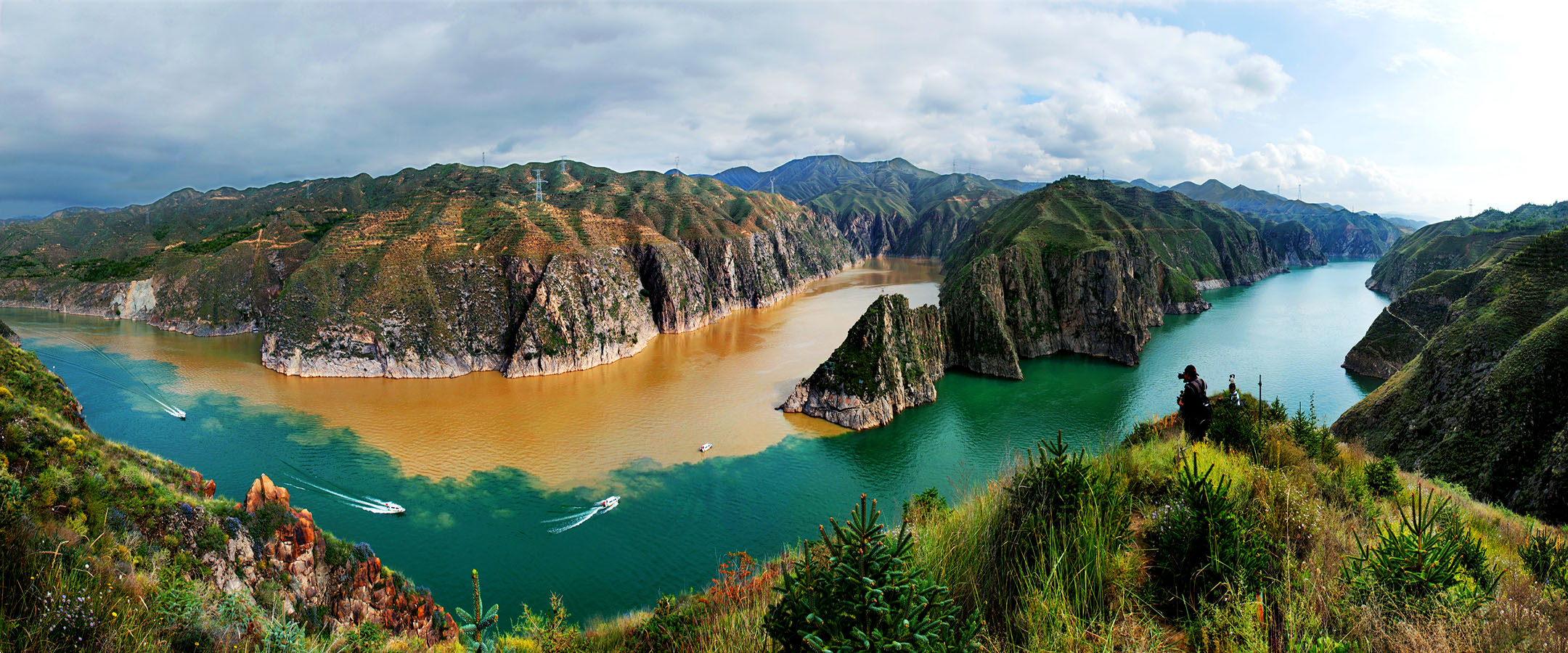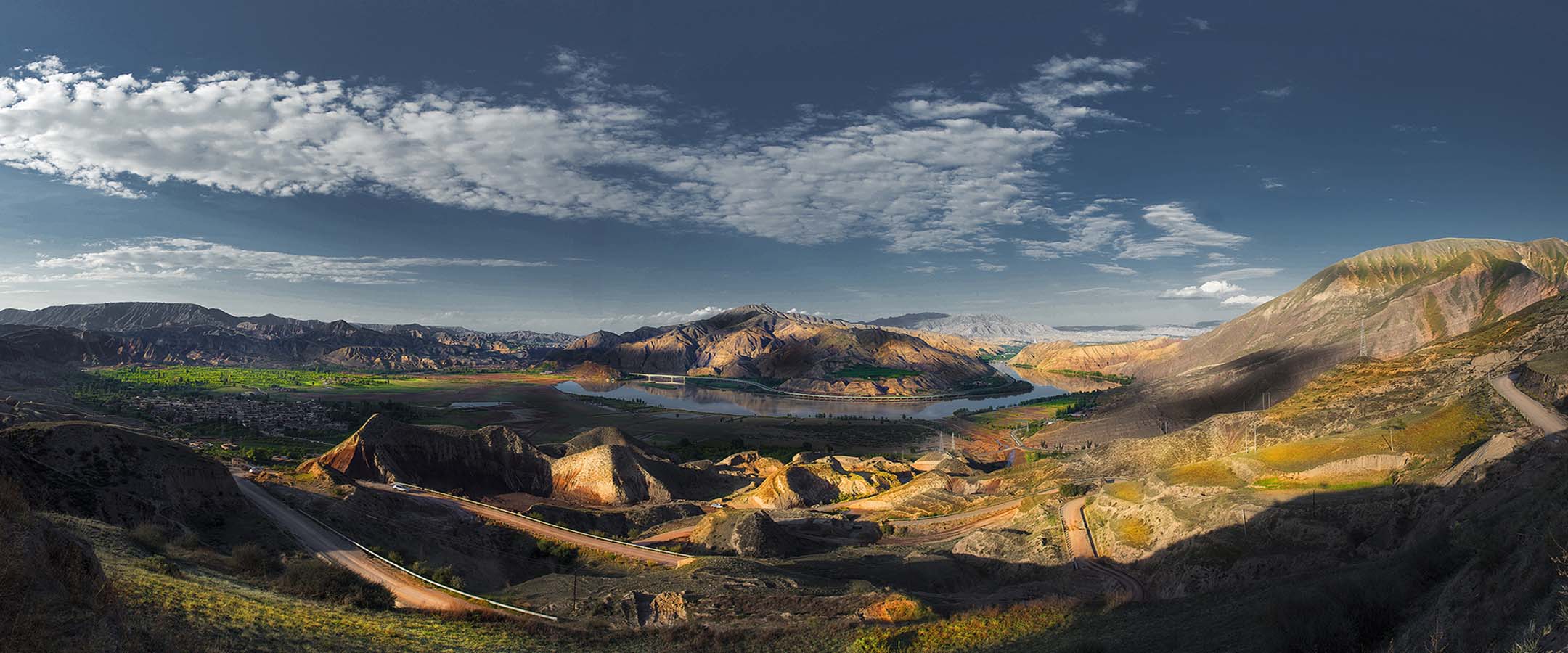-
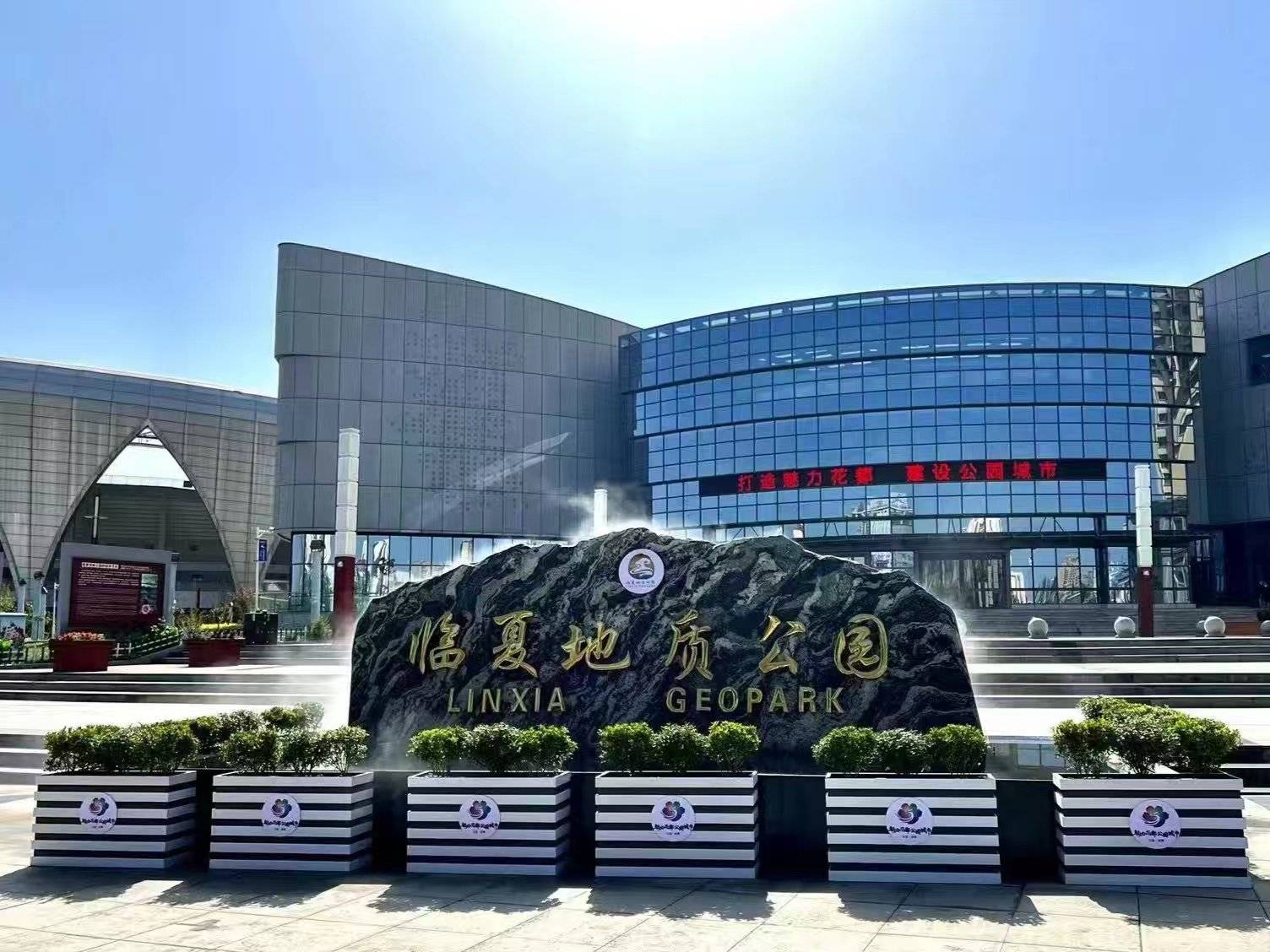
临夏地质公园博物馆
Linxia Geopark Museum
临夏地质公园博物馆总建筑面积3500平方米,布展面积3380平方米。临夏地质公园博物馆主要由6个不同主题的展陈厅组成。分别给大家介绍了地质公园基础知识、地球的基础知识、临夏地质公园地质遗迹、自然生态和动植物资源、临夏地质公园的文化资源和地质公园的发展历程等。这个博物馆也是为了加强地质公园的教育功能、促进地质公园的建设和发展而建设的。这里也是临夏地质公园的形象和重要的展示窗口。Linxia Geopark Museum has a total construction area of 3,500 square meters and an exhibition area of 3,380 square meters. It mainly consists of six exhibition halls with different themes. They introduce to us the basics of the geopark and the earth, the geological relics and the history of Linxia Geopark respectively.This museum is also built to strengthen the educational function of the Geopark and promote the construction and development of the Geopark. -
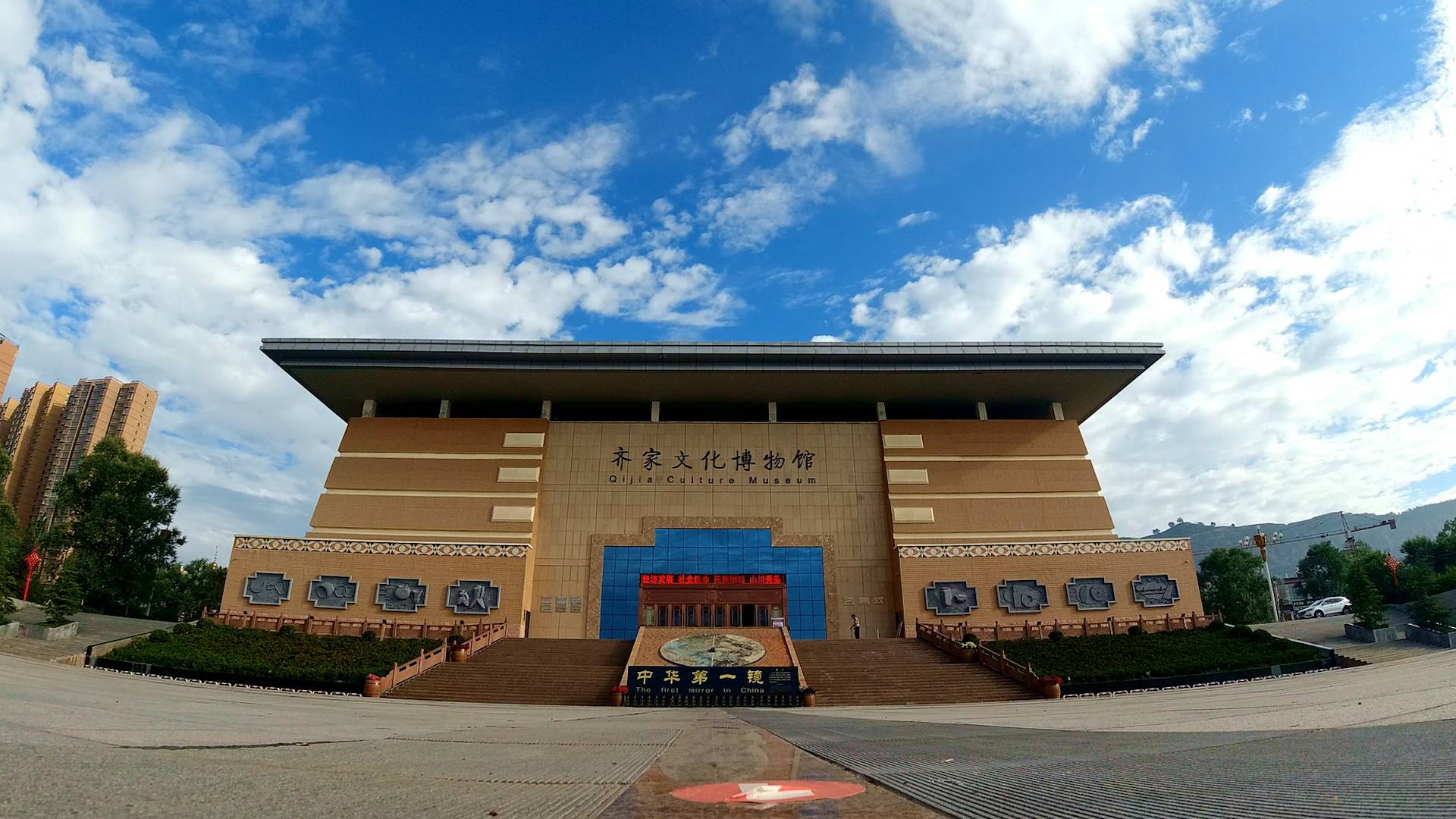
齐家文化数字博物馆
Qijia culture digital museum
齐家文化距今约是中国最早的青铜时代文化,是华夏文明的重要源头之一,是人类灿烂的文化瑰宝。“一带一路”建设,进一步保护开发利用齐家文化资源,挖掘和弘扬齐家文化与华夏文明,让齐家文化走向世界,让世界了解齐家文化,With a history of 3500-4300 years, Qijia Culture was named after Qijiaping. The place was first unearthed by Swedish archaeologist J.G.Anderson in Guanghe county, Gansu province in 1924. Qijia Culture is a world-famous cultural relic, the earliest Bronze Age culture in China. It is one of the important sources of Chinese civilization and it is a culture treasure of mankind. ChinaGuanghe Qijia Culture and Chinese Civilization Paper Collection甘肃省临夏回族自治州广河县城关镇齐家文化博物馆齐家文化广场 Qijia Cultural Museum Qijia Cultural Plaza Gansu Linxia Guanghe -
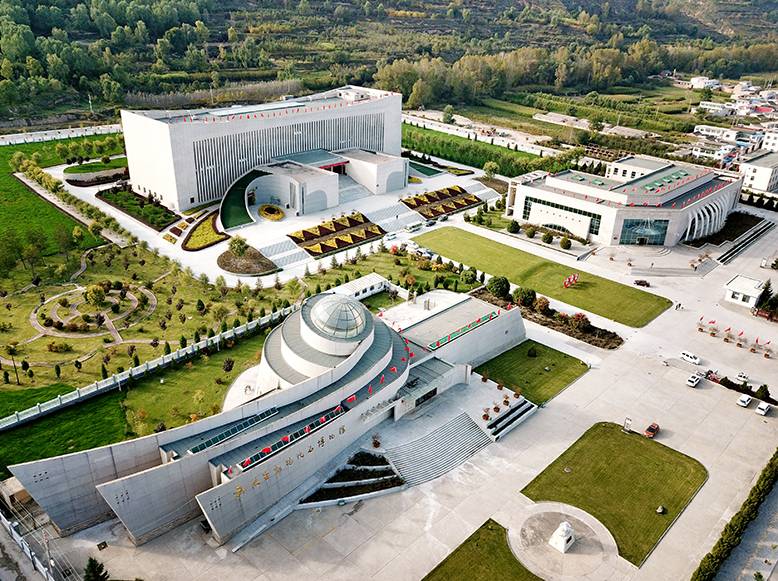
和政古动物化石数字博物馆
Hezheng Paleozoological Fossil Digital Museum
AAAA级旅游景区,于2003年建成开放,占地面积135亩,建筑面积23085平方米,分为一、二、三号馆三个独立建筑,其中一号馆为临夏地质馆,二号馆为生命进化馆,三号馆为和政化石陈列馆。馆藏各类化石标本3万多8目150个属种,分属新生代晚期的4个不同哺乳动物群:距今3000万年的巨犀动物群;距今1300万年前的铲齿象动物群;距今1000万年左右的三趾马动物群;距今200万年前的真马动物群。其中和政羊化石、三趾马化石、铲齿象化石、披毛犀化石、埃氏马化石、巨鬣狗化石占据六项世界之最。相继被评为国家4A级旅游景区、国家二级博物馆;被命名为全国青少年科普教育基地、甘肃省爱国主义教育基地、甘肃省绿色单位建设环境教育示范基地、中科院古脊椎动物与古人类研究所和政科研基地;荣获2012年度第十届全国博物馆十大精品陈列奖。现实行免费开放政策,全年对外开放,无闭馆日。HezhenggiaHipparion,PlatybelodonPlatybelodonEquus-Equus EisenmannaeHyena-Dinocrocuta gigantea, Coelodonta antiquitatis . Digital Museum Website Address:https://www.gshzmuseum.com/hzvr/index.html甘肃省临夏回族自治州和政县城关镇和政古动物化石博物馆 Hezheng Ancient Animal Fossils Museum Gansu Linxia Hezheng -
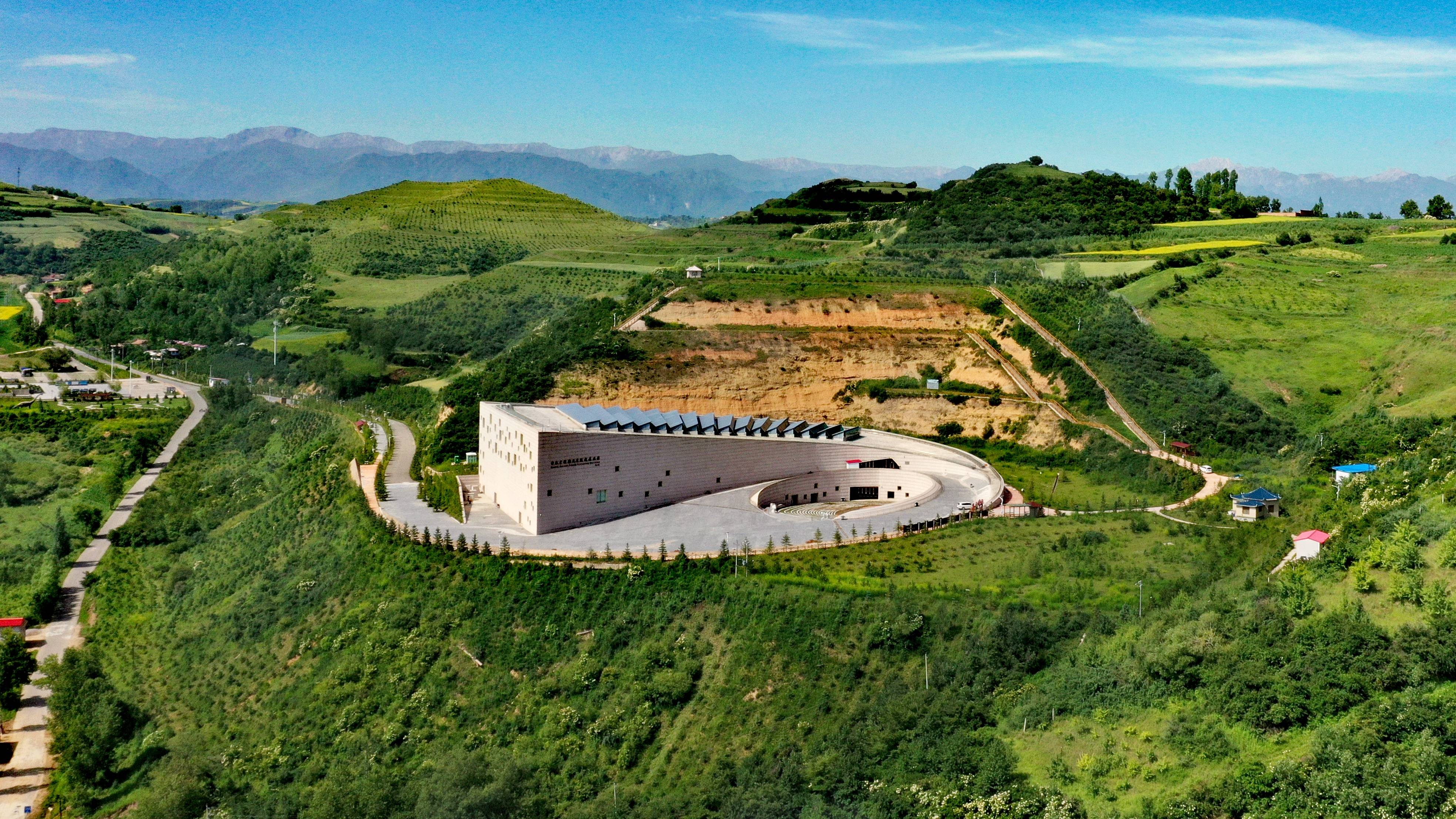
桦林古动物化石埋藏原址馆
Hualin Ancient Animal on-site Fossils Museum
青少年活动室和政县城以南松鸣镇桦林“万兽谷” located in Hualin Wanshougu, Songming Town, south of Hezheng County -
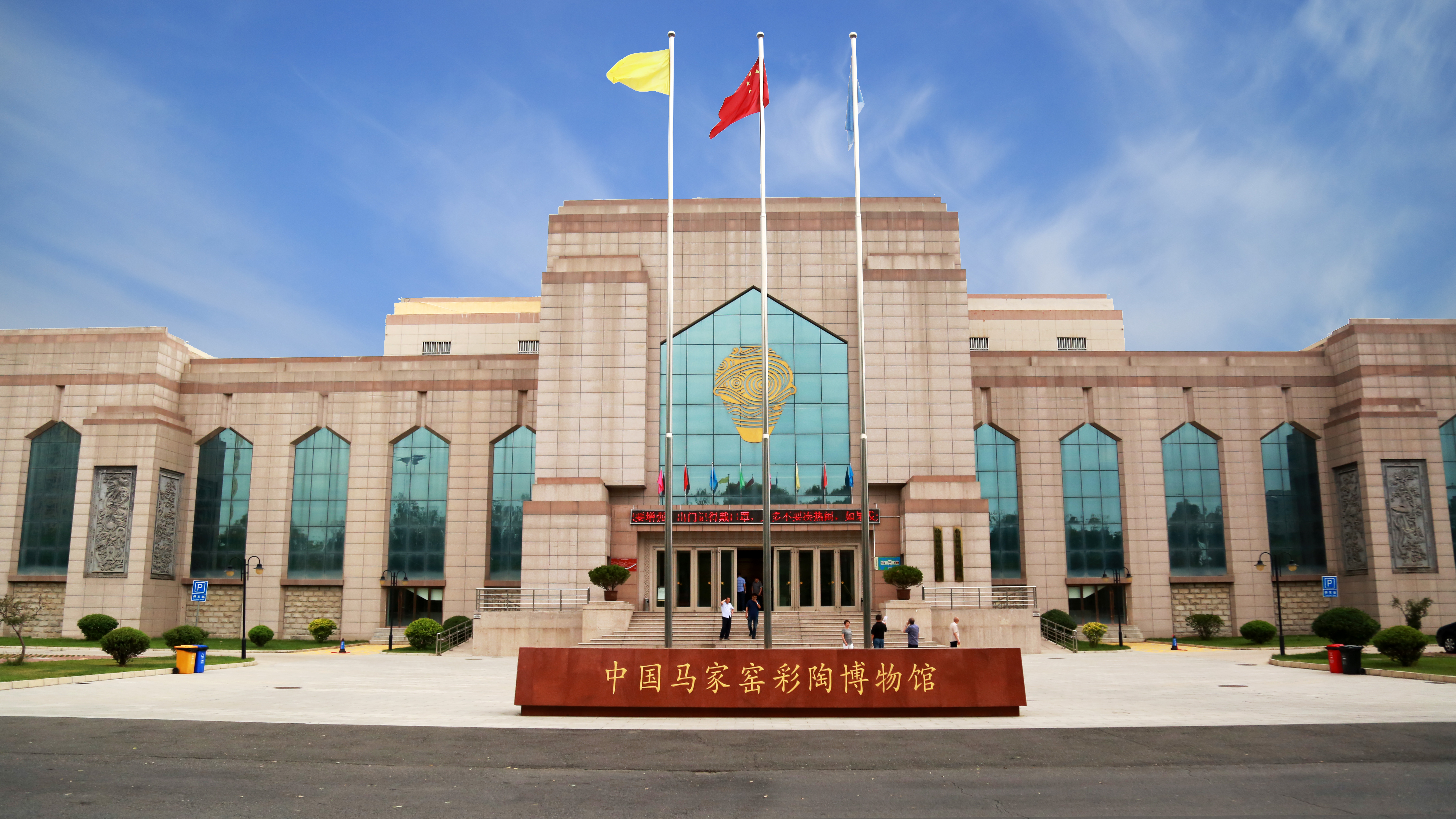
马家窑彩陶博物馆
Museum of Linxia Hui Autonomous Prefecture
临夏州博物馆成立于1979年1月,属综合性地志博物馆,为国家二级博物馆,中国博物馆协会团体会员,甘肃省爱国主义教育基地,甘肃省文化遗产“历史再现”工程博物馆,甘肃省博物馆协会常务理事单位,兰州大学文物与博物馆专业文科实践教育基地,西北民族大学教学实习基地。新馆位于甘肃省临夏市东区,占地面积13200平方米,建筑面积8687.2平方米。临夏州博物馆承担全州文物调查、抢救清理、征集保管、宣传展示等工作。馆内设有考古研究部、保管修复部、社会教育部、陈列设计部、安全保卫部和办公室,现有职工55名,正式职工32名,公益性岗位人员3名,聘用人员20名。正式职工中专业技术人员26名,其中副研究馆员2名,馆员10名,助理馆员14名。临夏州博物馆馆藏文物丰富,现有各类馆藏文物4288件,珍贵文物1001件,其中一级66件,二级230件,三级705件,主要为新石器时代至青铜时代的彩陶,还有石器、玉器、铜器、瓷器、化石、书画、雕刻墓砖和民族文物等,特别是以代表中国彩陶文化最高成就的马家窑文化彩陶最为丰富,品级上乘,在国内外具有重要影响。临夏州博物馆自成立以来,负责实施了全州第二次、第三次文物普查工作,主持发掘了康乐边家林遗址,抢救清理了临夏王闵家金墓等30多座古墓葬,取得了丰富的研究资料。为宣传临夏悠久的历史文化,先后举办了《临夏出土文物》、《临夏彩陶》、《临夏古代文化》、《临夏古动物化石》、《金代砖雕》、《临夏彩陶艺术》和《临夏民族文物》等一系列文物展览,负责出版了《临夏考古》、《临夏文物》、《临夏彩陶》、《古陶神韵》等书籍,自主编辑了《临夏遗产》杂志。接待了贾庆林、李铁映、王文元、钱伟长、费孝通、杜青林等各级领导和中外观众二百多万人。临夏州博物馆基本陈列《马家窑文化彩陶展》,展厅面积3034平方米,展出马家窑文化彩陶文物1253套(件),通过马家窑类型、边家林类型、半山类型、马厂类型四个序列,全面、系统地展示了中国马家窑文化彩陶深厚的历史底蕴和绚丽多彩的艺术魅力,展现了原始先民高超的艺术创造力,是一部直观的史前社会发展简史和爱国主义的生动教材,在国内同类型文化展览中占有十分重要的地位。Established in January 1979, the Museum of Linxia Hui Autonomous Prefecture is a comprehensive chorography museum. It is a national second-class museum. It is also a group member of Chinese Museum Associations, Patriotic Education Base of Gansu Province, Museum of Representing History Program of Gansu Province, Executive directing unit of Gansu Museum Association, Liberal Arts Practice and Education Base of Cultural Relics and Museum major of Lanzhou University, Teaching and Practice Base of Northwest University for Nationalities. The new museum is located in the east of Linxia city, covering an area of 13,200 square meters and its building area covers 8687.2 square meters.The museum focuses on research, restoration and clean,collection and storage, publicity and exhibition of cultural relics in Linxia Prefecture. It has 6 divisions: Archaeological Research division, Storage and Restoration division, Social Education division, Exhibition Design division, Security division and office. There are 55 staff members in the museum, 32 regular employees, 3 for public welfare position and 30 temporary employees. Among the regular employees, 26 are professionals (2 associate professors, 10 librarians, 14 assistant librarians).4288 pieces of cultural relics are preserved in the museum and 1001 are pieces of valuable cultural relics (66 pieces of National First Level, 230 of National Second Level, 705 of National Third Level). They are mainly painted pottery from the Neolithic Age to the Bronze Age. Besides,there are stone , jade, bronze, china wares, fossils, paintings and calligraphy, carved tomb bricks and national cultural relics. Among them,painted pottery of Majiayao Culture represents the biggest achievement of Chinese painted pottery culture. The painted pottery of Majiayao Culture is the most abundant and of high quality. It is famous at home and abroad.The museum has implemented the second and the third archaeological survey in Linxia since its establishment. Besides, it has conducted and excavated Bianjialin Site in Kangke County, restored and cleaned 30 ancient tombs represented by tomb of the Jin Dynasty(1115-1234)of Wangmingjia, Linxia. All above has accumulated abundant research materials for the museum. To publicize the history and culture of Linxia, the museum has successively held a series of exhibitions of cultural relics: Cultural Relics in Linxia, Painted Pottery of Linxia, Ancient Culture of Linxia, Ancient Animal Fossils in Linxia, Brick Carving of the Jin Dynasty, Painted Pottery Arts of Linxia and National Cultural Relics of Linxia and has published books such as Archaeology in Linxia, Cultural Relics in Linxia, Painted Pottery of Linxia and Gutaoshenyun(antique pottery). And the million audiences home and abroad have visited the museum.The permanent exhibition in the museum,with an area of 3034 square meters, presents 1253 pieces of cultural relics of Majiayao Culture. In sequence of Majiayao Pottery, Bianjialin Pottery, Banshan Pottery and Machang Pottery, the exhibition comprehensively and scientifically presents profound history and artistic charm of the Painted Pottery of Majiayao Culture and art creativity of ancient ancestors. It is a brief history of prehistoric society development and a vivid textbook of patriotism. The exhibition plays an important role in the same type of cultural exhibitions in China.甘肃省临夏回族自治州临夏市 Linxia city, Linxia Hui Autonomous Prefecture, Gansu Province -
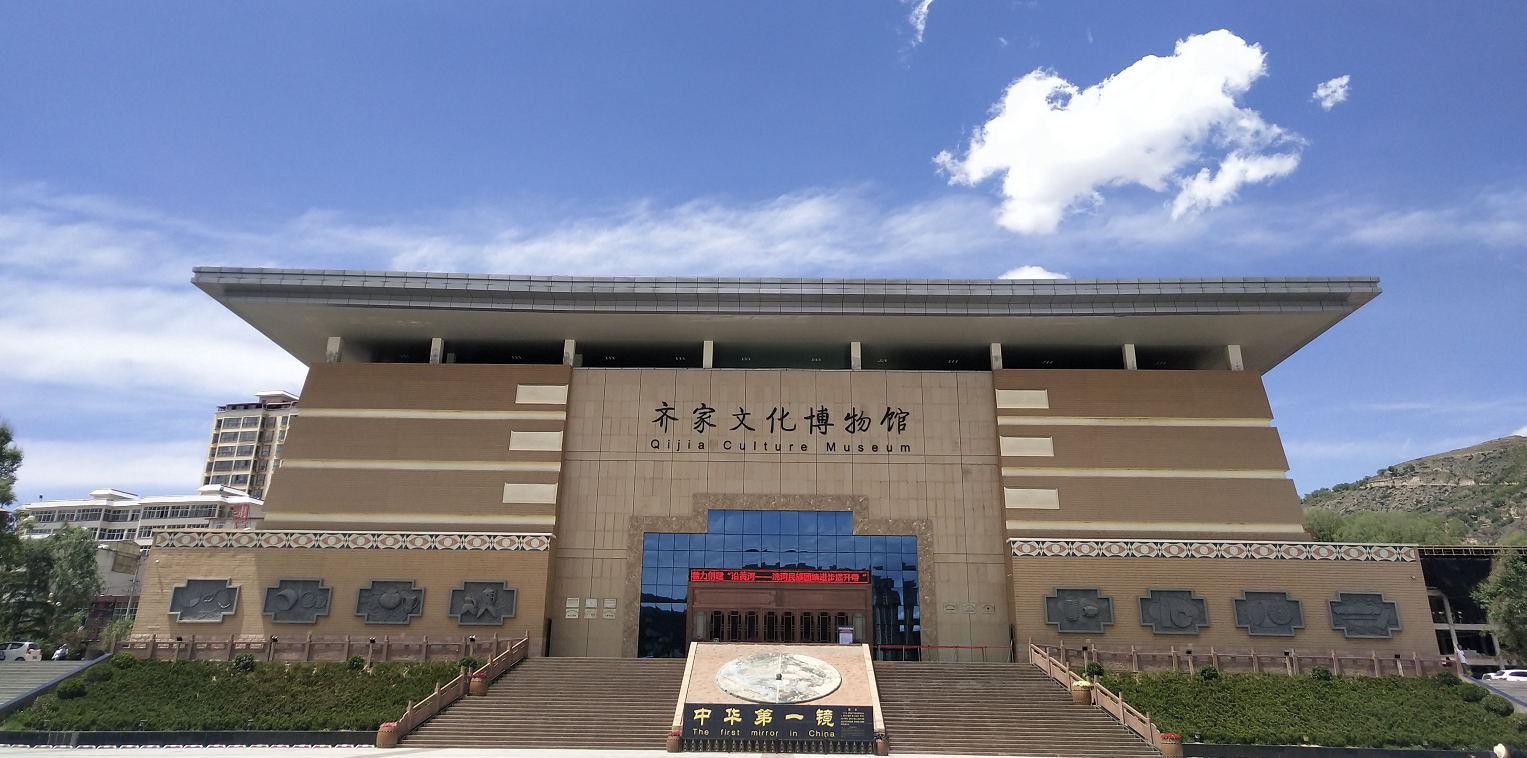
齐家文化博物馆
Qijia Culture Museum
4300年-3500年,因1924年瑞典考古学家安特生首次在甘肃省广河县齐家坪发现而得名。齐家文化是举世闻名的文化遗存,为配合国家着力提高齐家文化的世界知名度和国际影响力,于2015年、2016年成功召开了由中国社会科学院古代文明研究中心、中共甘肃省委宣传部、甘肃省文化厅、甘肃省文物局、中共广河县委、广河县人民政府主办的“齐家文化与华夏文明”国际研讨会和国际论坛。出席会议的有来自大陆的约20个研究机构的代表,以及美国哈佛大学、伊利诺大学、耶鲁大学、香港中文大学、台北故宫博物院、台南艺术大学、日本东北学院的代表190余人。中国社会科学院学部委员、考古研究所所长、古代文明研究中心主任、中国考古学会理事长王巍、研究员易华、原甘青考古队队长谢端琚先生以及一批前辈学者参加会议并作学术交流和深入研讨,共收到110余篇论文,出版了两期《中国•广河齐家文化与华夏文明论文集》。研讨会和论坛从不同视角和层面论证了齐家文化在华夏文明中的地位和作用,学术界重新认识了齐家文化应有的地位和历史价值,将齐家文化的研究推向了一个新的高度。 2007年并实行免费开放,正科级事业单位馆现有干部职工中2011年被甘肃省委宣传部命名为省级爱国主义教育基地2015年被命名为中国社会科学院古代文明研究中心齐家文化研究基地、中美合作洮河流域考古工作站,2016年被命名为天津大学教学科研实践基地、兰州大学历史文化学院考古学教学实习基地、西北民族大学学科建设田野调研基地;2018年被命名为上海同济大学实习基地;2019年甘肃省委宣传部甘肃省社会科学界联合会命名为第一批甘肃省社会科学普及示范基地。有馆藏文物万人人,国内专家学者(包括港、澳、台)2016年10月在齐家文化广场新建成目前全国唯一以齐家文化命名的专题博物馆并从齐家文化的发现与研究、齐家文化的生业形态,齐家文化的手工业、齐家文化的聚落与社会和东西文化交流5个方面较为全面地反映了齐家文化时期的社会形态“齐家故事”,延续历史文脉,推动文化复兴,坚定文化自信,做好齐家文化的传承、保护、展示、研究、开发等文章,让文物从展柜“走”出来,为发展文创产业,文旅深度融合,文化强县建设打下坚实的基础,提供充分养料。With a history of 3500-4300 years, Qijia Culture was named after Qijiaping. The place was first unearthed by Swedish archaeologist J.G.Anderson in Guanghe county, Gansu province in 1924. Qijia Culture is a world-famous cultural relic, the earliest Bronze Age culture in China. It is one of the important sources of Chinese civilization and it is a culture treasure of mankind. In 2015 and 2016, Qijia Culture and Chinese Civilization international symposium and forum were successfully held by Ancient Civilization Research Center of Chinese Academy of Social Science, Publicity Department of the CPC Gansu Provincial Committee , Gansu Provincial Department of Culture, Gansu Provincial Bureau of Cultural Relics, the CPC Guanghe County Committee, the People’s Government of Guanghe County. The symposium and forum aimed at coordinating with the construction of the Belt and Road Initiative, further protecting and developing Qijia Culture, exploring and carrying forward Qijia Culture and Chinese Civilization, increasing awareness and influence of Qijia Culture worldwide. Representatives from about 20 research institutions of China’s mainland and over 190 representatives from Harvard University, University of Illinois, Yale University, Chinese University of Hong Kong, Taipei National Palace Museum, Tainan University of Arts, Tohoku College attended the conference. A number of seniors and scholars have fully communicated academic issues with each other and carried out academic exchanges. More than 110 papers were received and two issues of China•Guanghe Qijia Culture and Chinese Civilization Paper Collection were published. The symposium and forum have demonstrated the status and influence of Qijia Culture in Chinese Civilization from different perspectives and levels and have recognized the status and historic value of Qijia Culture in academics.These efforts has pushed Qijia Culture research to a new level. Qijia Culture Museum was established in 2007 and is opened to the public for free. There are 36 staff members in the museum, 12 regular employees, 2 temporary financial employees, security staff, cleaners and other workers. The museum has 4 divisions: office, exhibition and social education division, preservation and research division, information center. It was named the Provincial Patriotic Education Base by Publicity Department of Gansu Provincial Party Committee in 2011, Qijia Culture Research Base of Ancient Civilization Research Center of Chinese Academy of Social Science and Tao River Basin Archaeological workstation of China-US Cooperation in 2015, Teaching and Scientific Research Practice Base of Tianjin University, Archaeology Teaching Practice Base of History and Culture College of Lanzhou University, Disciplinary Construction Field Research Base of Northwest University for Nationalities in 2016, Practice Base of Shanghai’s Tongji University in 2018, The First Social Science Popularization Demonstration Base of Gansu Province by Publicity Department of Gansu Provincial Party Committee and Gansu Social Sciences Association in 2019. 1680 pieces of cultural relics are preserved in the museum.There are 5 pieces of National First Level, 42 of Second Level, 204 of Third Level. The museum has received more than 1 million and 668 thousand audiences including 178 experts and scholars from abroad, 850 from home. In October 2016, Qijia Culture Museum was built in Qijia Culture square, covering an area of 14,538 square meters and a building area of 5104 square meters. It is the only theme museum of Qijia Culture in China. There are four exhibition halls in Qijia Culture Museum, namely,Finding Qijia Culture , Approaching Qijia Culture , Wonderful Qijia Culture and Brilliant Qijia Culture, which exhibit more than 480 pieces of cultural relics of different levels and textures, such as pottery, jade, bronze, bone and stone wares. On supplementary exhibits, they made and restored 12 Qijia Culture scenes: Qijiaping in Guanghe County, Huangniangniangtai in Wuwei City, Mogou in Lintan County (all above are in Gansu Province), Lajia in Minhe County, Qinghai Province. The museum comprehensively reflects the social pattern during Qijia Culture period from 5 aspects of discovery and research, means of livelihood, the handicraft industry, the settlement of Qijia Culture and east-west culture exchange. In recent years, based on national major strategy and development in Guanghe County, Qijia Culture Museum deeply explores time value of Qijia Culture on the Yellow River basin to continue historical cultural context and strengthen culture confidence. Inheriting, protecting, displaying, researching and exploring of Qijia Culture have laid a solid foundation for developing cultural and creative industry, which will deeply integrate culture with tourism and reinforce the county’s cultural construction.甘肃省临夏回族自治州广河县 Guanghe County, Linxia Hui Autonomous Prefecture, Gansu Province -
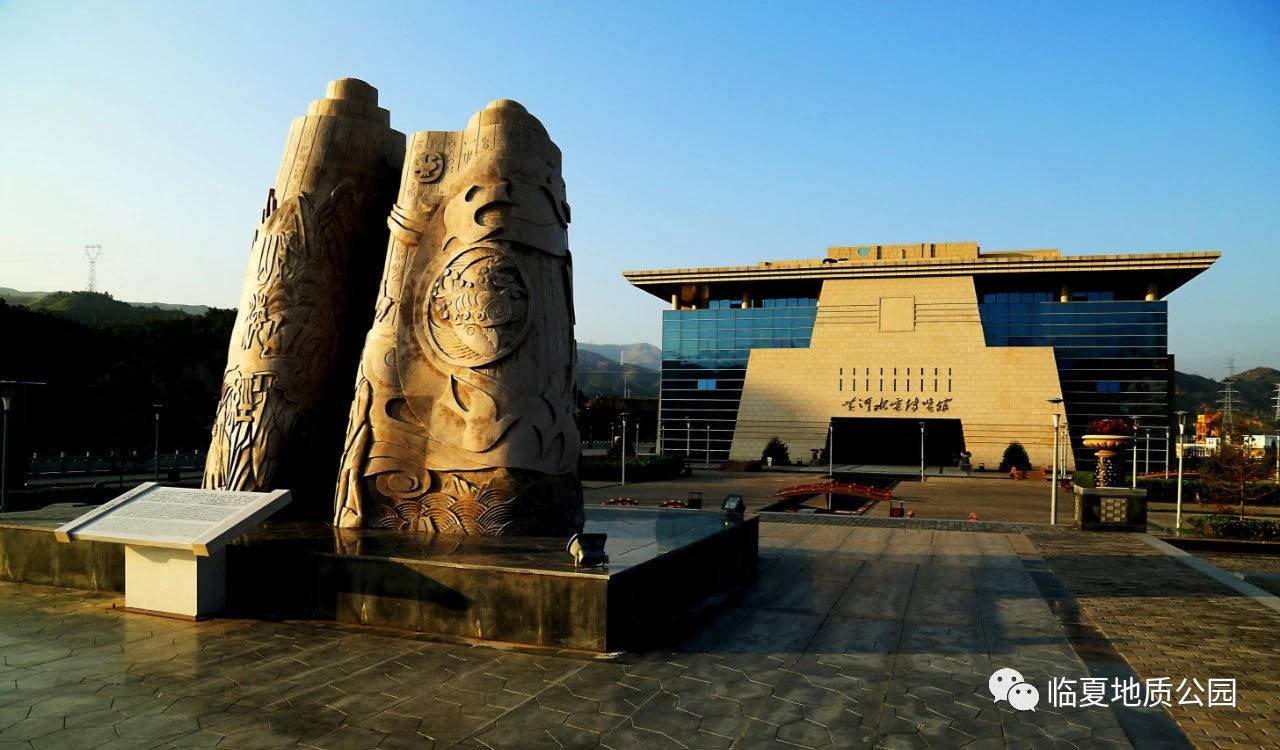
黄河文化博览馆
Introduction of the Yellow River Culture Exhibition Hall
黄河文化博览馆位于刘家峡水电站大坝北侧,本馆是目前全国唯一的治水文化主题景区,全国唯一的水电博览中心,也是永靖城市标志性门户。于2013年底动工建设,2015年4月27日正式落成开馆。本馆以“黄河情·水电魂·中国梦”作为布展主题,它是以黄河为宏大的叙事背景,将黄河文化、黄河治理、黄河水电、黄河风光等内容精心编排,运用高科技展览手段,给观众以文化的滋养和精神的洗礼。 博览馆布展总面积8000㎡,展馆共分四层。以“文化、治理、水电、景观”四个分项主题统领四个楼层的展示内容。丰富多彩的展示内容,生动有趣的布展形式介绍了历史悠久的黄河文化,展现了黄河治理取得的卓越成就,反映了黄河流域永靖县周边的风土人情,憧憬水利水电事业发展的美好明天。 一层大河梦·中华源,包括序厅、水与人类文明、黄河文化大观、黄河文化撷英三个单元展区;二层薪火相传·千秋伟业,设置情系黄河、黄河治理历程、治黄名贤、建设者之歌、3D主题影院等展区,中央天井区域设置穹幕影院;三层九曲安澜·水电摇篮,设置刘家峡水电站、黄河水电站、世界水利水电博览展区;四层中华圆梦·黄河揽胜,设置黄河风光掠影、黄河三峡旅游区规划、炳灵丹霞国家地质公园、尾厅等展区。Located in the north of Liujiaxia Hydropower Station, the Yellow River Culture Expo Hall is the tourist attraction in the theme of water control.It is the only hydropower Expo center in China and the landmark of Yongjing County. It was built in the year of 2013 and officially completed and opened on April 27, 2015. The theme of the Expo is “Love of the Yellow River, Spirit of hydropower culture, Chinese Dream”. The exhibition is composed of four portions ,the Yellow River culture, the Yellow River governance, the Yellow River hydropower, the Yellow River scenery,with the Yellow River as background, providing spiritual enjoyment for visitors.The exhibition hall covers a total area of 8,000 square meters. There are four floors in the theme of culture, governance, hydropower, landscape. The exhibition demonstrates the Yellow River culture, achievements of Yellow River management and local customs and promising future of hydropower development.On the first floor, there are three exhibition areas, preface, water and human civilization and Grand View of the Yellow River Culture. On the second floor, there are exhibition of the Yellow River management process, famous persons along Yellow River, 3D cinema and etc. On the third floor, there are exhibition of Liujiaxia Hydropower Station, the Yellow River Hydropower Station and global Water Conservancy and Hydropower Station. On the fourth floor, it exhibits the Yellow River scenery, tourism plan of Three Gorges on the Yellow River and Bingling Danxia National Geopark.甘肃省临夏回族自治州永靖县 Yongjing County, Linxia Hui Autonomous Prefecture, Gansu Province -
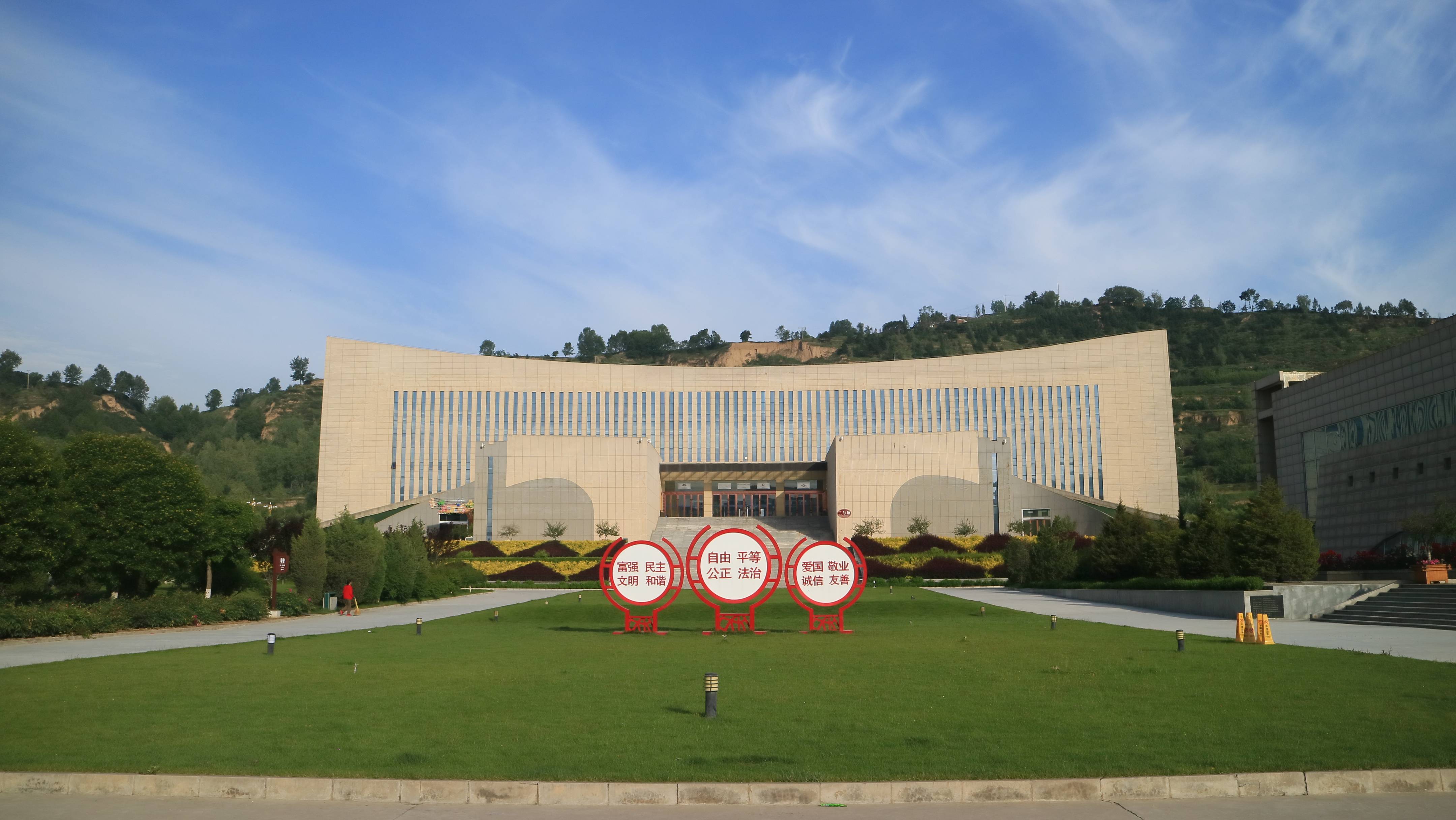
和政古动物化石博物馆
Introduction of Hezheng Ancient Animal Fossil Museum
和政古动物化石博物馆是以收藏展示晚新生代古哺乳动物化石为主的专题性博物馆,现为国家二级博物馆、国家AAAA级旅游景区,于2003年建成开放,占地面积135亩,建筑面积23085平方米,分为一、二、三号馆三个独立建筑,其中一号馆为临夏地质馆,二号馆为生命进化馆,三号馆为和政化石陈列馆。馆藏各类化石标本3万多件,分三纲8目150个属种,分属新生代晚期的4个不同哺乳动物群:距今3000万年的巨犀动物群;距今1300万年前的铲齿象动物群;距今1000万年左右的三趾马动物群;距今200万年前的真马动物群。其中和政羊化石、三趾马化石、铲齿象化石、披毛犀化石、埃氏马化石、巨鬣狗化石占据六项世界之最。相继被评为国家4A级旅游景区、国家二级博物馆;被命名为全国青少年科普教育基地、甘肃省爱国主义教育基地、甘肃省绿色单位建设环境教育示范基地、中科院古脊椎动物与古人类研究所和政科研基地;荣获2012年度第十届全国博物馆十大精品陈列奖。现实行免费开放政策,全年对外开放,无闭馆日。 一号馆为临夏地质馆,展示了青藏高原隆盛变迁的原理,以及临夏盆地形成的地质历史发展延续的概况。临夏盆地地处青藏高原的东北缘,亿万年来随着地壳的不断运动,历经板块裂解、造山运动、海洋变迁的地质作用,记录了本地区古生代、中生代、新生代的地质演变,特别是晚新生代以来的完整沉积地层,为适应不同生态环境的古动物创造了绝佳的栖息环境。通过展示代表性矿物、岩石标本以及临夏盆地独特的地质地貌的复原模拟,从而了解本地区的地质历史变迁和预防自然灾害的科普知识提供了绝佳的展示环境,并保存了新生代晚期不同地层环境的化石记录,从而为临夏盆地的地质变迁历史和青藏高原隆升过程的研究提供了重要的地质证据。 二号馆为生命进化馆,揭示了地球的演变产生了生命,生命的进化又深刻改变着地球环境的面貌,演绎着从生命起源、发展、辐射、灭绝的不断更替,直至人类诞生的螺旋式的历史记录。整个陈列以古动物进化为主线,以生物多样性为主要展示内容,按低等到高等的发展顺序,有反映古生代海洋动物的“三叶虫”和曾经统治海洋的“鱼类”代表,中生代的陆地霸主恐龙,以甘肃出土的“黄河巨龙”、“巨型北山龙”等复原骨架为主体,勾勒出甘肃白垩纪地质公园的展示场景及代表性标本,其中玉门甘肃鸟是中国发现的第一个中生代鸟类化石标本,同时系统展示了哺乳动物的大发展,让观众阅历从亿万年来地球上的各种生命的生存、繁衍、灭绝的波澜壮阔的演进进程,体会到地球生命进化的沧海巨变。 三号展览馆位于一、二号馆西侧,呈“品”字型布局,与一、二号馆遥相呼应,定位为晚新生代古哺乳动物化石专业展览馆,以巨犀、铲齿象、三趾马、真马四大动物群为主线,突出展示了以和政羊、铲齿象、三趾马、披毛犀、埃氏马、巨鬣狗等“六项世界之最”的典型代表,以及千奇百怪的奇蹄类、偶蹄类、长鼻类等食草动物的多样性,和丰富的鬣狗科、犬科、鼬科、凶猛敏捷的猫科等食肉动物雕塑般凝固在岩石中,叙述着在和政地区繁衍、生息、灭绝的悲壮历程,与它们的猎物沉积在一起,共同归于天地。这些众多的化石材料是了解青藏高原隆升变迁的地质历史时期的关键线索,为我们重塑古哺乳动物进化和绝灭的详细过程提供了绝佳的材料。把古气候、古环境、古地理发展变迁、古生物变异进化的各个阶段,真实的展现在观众眼前。在展品表述上运用情景再现手法营造生态景观,通过空间、色彩、造型等设计要素,科学提炼、自然还原、艺术概括、高仿真制作,在有限空间营造富有意境的生态场景。和政四大古动物群典型的生态景观, 把展品的单一展示改为群组式展示,突出大面积的仿真场景,以数量庞大的化石,形成错落有致的节奏和韵律,将游客带回到史前时代,以鲜活直观的形式呈现给观众,将观众引向对古动物演化及人与自然和谐发展的思考,达到心灵震撼性。 走进和政古动物化石博馆,犹如打开了通往远古的一扇窗口,同时我们也将感受到生命的辉煌与悲壮,心灵为之震撼,思维将飞跃历史的时空隧道。去感受生物演化的万变奇妙与大自然变化的丰富多彩。每个热爱大自然的人都来到这里,都将经历一次心灵上的极大震撼。Located in the east of Hezheng County, the museum occupies 135 mu (1 mu equals 00667 hectare)of land, with a total investment of 210 million Yuan. The total floorage is 23, 085 square meters. The museum has 3 independent buildings of unique shapes, i.e. Exhibition Hall No. 1, Exhibition Hall No. 2, and Exhibition Hall No. 3, which form a triangle layout. Since 1920s, a large number of mammalian fossils have been excavated in Hezheng area. Now, the museum keeps more than 30,000 fossil specimens, which belong to more than 150 genera, 8 orders and 3 classes. The fossils of different mammalian faunas in late Cenozoic Era were respectively buried in 4 strata of different petrologic features in Hezheng area. The museum keeps 6 world records: the world's only Hezhenggia, the world's largest fossil locality of the Hipparion fauna, the world’s richest Platybelodon fossils-ontogenetic series of Platybelodon skulls, the world’s largest Equus-Equus Eisenmannae, the world’s largest Hyena-Dinocrocuta gigantea, the world’s earliest Quaternary woolly rhino-Coelodonta antiquitatis .The museum has been entitled “AAAA National Tourist Attraction”, “National Science Education Base” “National Base for Children’s Science Education”, “Patriotism Education Base of Gansu Province,” “Demonstration Base for Green Unit Construction and Environmental Education of Gansu Province”, “Hezheng Scientific Research Base of Institute of Vertebrate Paleontology and Paleoanthropology”, “Chinese Academy of Sciences" in succession. It won the 10th National Top 10 Museum Display Award in 2012.The Exhibition Hall for the geology of Linxia displays the geological history of the Linxia Basin under the background of the rising and evolving of the Qinghai-Tibet Plateau. Linxia Basin is at the northeast edge of the Qinghai-Tibet Plateau. With the constant crustal movements over billions of years, it went through geologic processes like plate fractures, orogenic movements, marine changes, and recorded the geological changes of this region in the Paleozoic Era, the Mesozoic Era, and the Cenozoic Era. Particularly the complete sedimentary since late Cenozoic Era created a perfect habitat for ancient animals that adapted to different ecological environments. By displaying representative mineral and rock samples and the simulation of Linxia basin’s unique geological formation, the museum provides a perfect place for people to learn the geological evolution of this region and scientific knowledge for preventing natural disasters. The museum also keeps fossil records of different strata in late Cenozoic Era, which provide important geological evidence for the study of Linxia Basin’s geological changes and the uplift of the Qinghai-Tibet Plateau.The Exhibition Hall for Life Evolution reveals that the earth’s evolution has given birth to life, while the evolution of life has deeply altered the appearance of the earth. The museum displays the spiral history from origin, development, thriving and extinction of life to the birth of human beings. The whole exhibition takes ancient animal evolution as outline, biodiversity as main content, following the development order from lower to higher. There are fossils of trilobites representing the marine animals in the Paleozoic Era, fish that once conquered oceans, dinosaurs that conquered lands in the Mesozoic Era, restored skeletons of Huanghetitan and Giant Beishanlong unearthed in Gansu. Gansus yumenensis is the first Mesozoic bird fossil discovered in China. Meanwhile, it systematically shows the great development of mammals, which makes audience experience the magnificent evolution process. We could see millions of years’ struggle of lives for survival and lives’ reproduction and their extinction.甘肃省临夏回族自治州和政县 Hezheng County, Linxia Hui Autonomous Prefecture, Gansu Province

